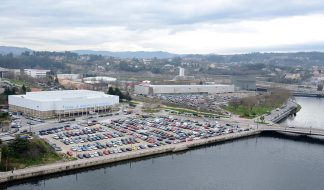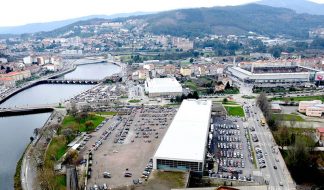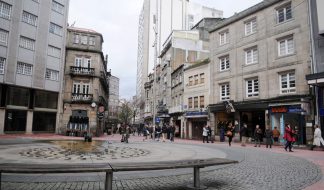Since 1999, when the first pedestrianizing initiatives were put forward by the local council and the integral reorganization of the city mobility scheme began, there has been a noticeable reduction in motorized traffic.
Despite the enforcement of a citywide 30 km/h speed limit, average speeds are now considerably higher and estimated times of arrival much shorter than in the past.
According to the conclusions of a 2014 study on the evolution of fossil fuel consumption in Pontevedra since 1996, mobility interventions have resulted in savings of 64.8% citywide and up to 87.6% in the city center.
Half a ton per person
The decline in fossil fuel consumption derived from the new mobility model signifies that Pontevedra has stopped emitting 464.5 kg of greenhouse gases per person per year; or, to put it another way, 1.25 kg of pollutants per person per day. This has been a truly collaborative effort to prevent the damaging effects of climate change.
Fewer cars: Move faster and more cheaply
About 83% of the motorized vehicles which drove around Pontevedra back in 1999 were heading towards the city center. Today only 9% do. While in the past it took drivers 36 minutes on average to reach their destination, today it is only 17 minutes.
Up to 52,000 private vehicles turned on their engines every day in 1999, while in 2015 it was fewer than 17,000. The average length of city center itineraries is also much shorter: 18 minutes in the past versus 7 minutes today.






